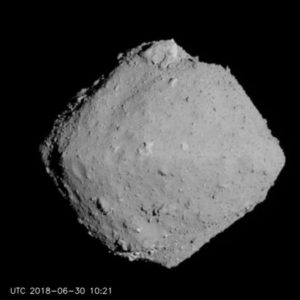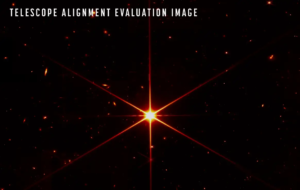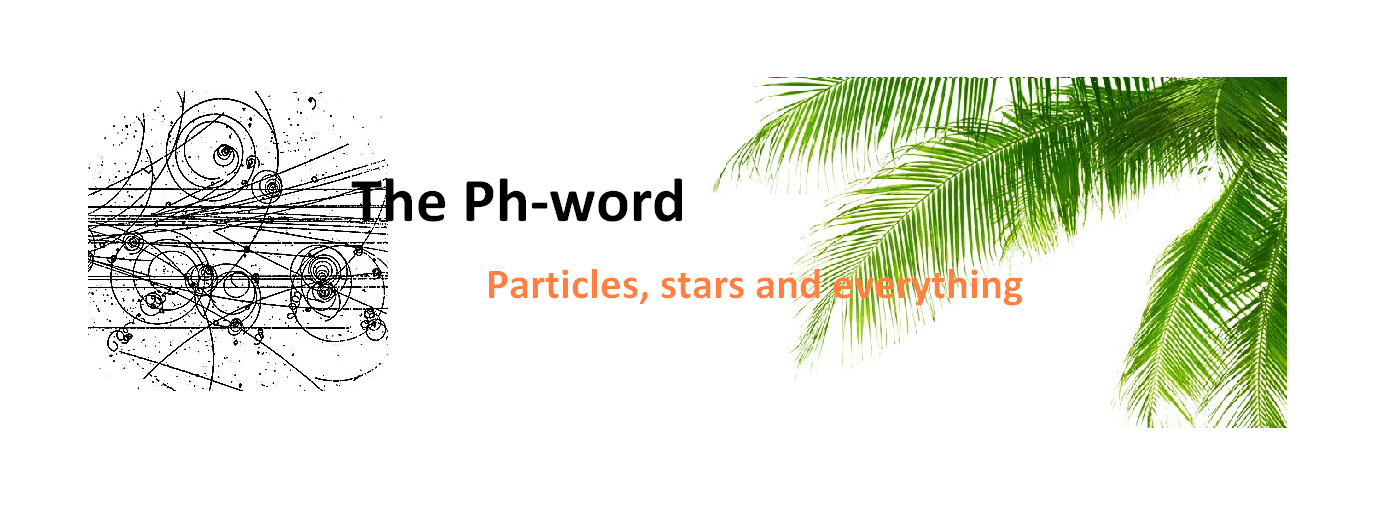March has been too quiet a month in physics and April is being too busy a month for this blogger, so I will make this the shortest monthly news post ever.

Dust from an asteroid was analysed, and it contains several chemical compounds that, amazingly, are potential building blocks of earthly life.
Specifically, JAXA’s spacecraft Hayabusa 2 visited asteroid Ryugu in 2018 and collected 5 grams of dust. It brought the sample to Earth in late 2020. This is already pretty cool but the rest is even better. Now the sample got analysed and it contains, among others, amino acids and hydrocarbons. As well as tiny quantities of water bound to the soil.
People, specifically astrophysicists, have often wondered if the compounds that later built life could have arrived to Earth by collisions of asteroids. The same also goes for water. So, a first step is now done towards answering questions like these.

The Webb space telescope managed to align its mirrors successfully. Great photos are expected in the next months and years.
The alignment centered on the star called 2MASS J17554042+6551277. As you can see in the picture above, its name doesn’t matter as it is so photogenic.
NASA’s space telescope was (finally) launched in December, travelled to its position at a gravitationally stable point at some distance from Earth, and is getting ready to become Hubble’s successor.
—
Do you want to receive one monthly reminder with links to the Ph-word posts? Join the mailing list.
